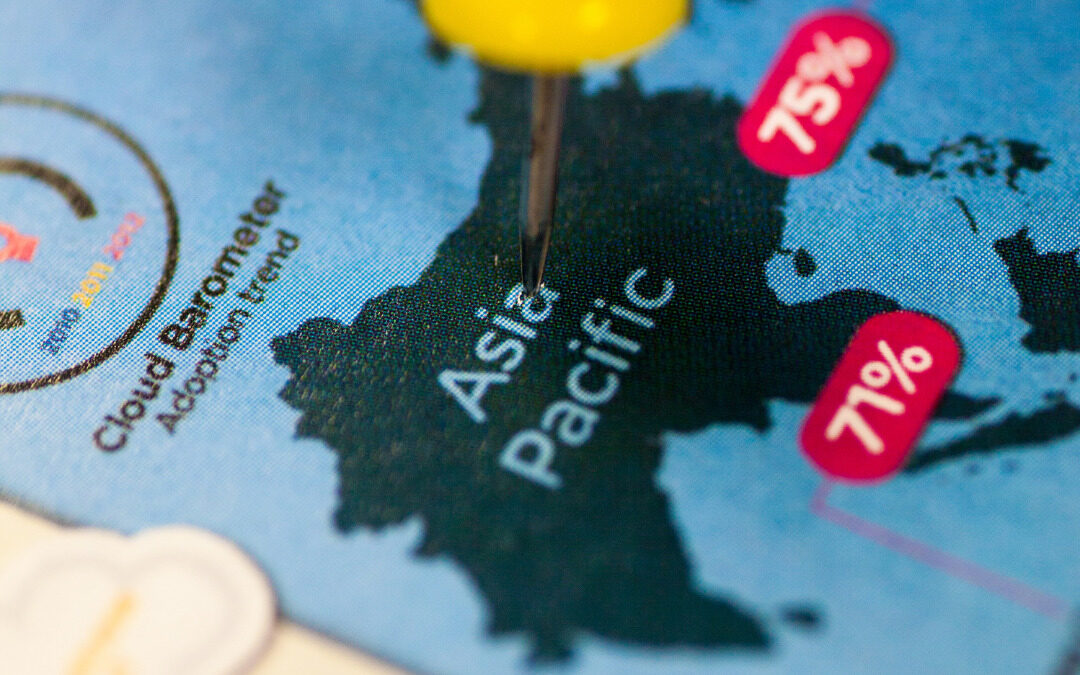International travel was booming in Asia and the Pacific before the coronavirus disease (COVID-19). From 2010 to 2019, international arrivals grew at an average annual rate of 6.3%, from just over 208 million arrivals in 2010 to more than 360 million by the end of 2019.
1. Demand was largely driven by a growing middle class in the region. The Brookings Institution defined “middle class” as “$10 and $100 per person per day in 2005 purchasing power parity terms.”
2. Associated growth in the tourism industry generated tens of millions of jobs and contributed to the deepening of cross-cultural understanding and regional integration. However, the pandemic devastated the industry overall.
It discusses growth prospects based on past trends and provides associated recommendations for policymakers in the region. The report seeks to answer the following questions:
- How has COVID- 19 changed tourism demand and behavior in Asia and the Pacific?
- What will these changes mean for governments and tourism-dependent businesses as COVID- 19 subsides and people plan to travel again?
- What can member governments and the private sector do to optimize the new norms likely to emerge?


